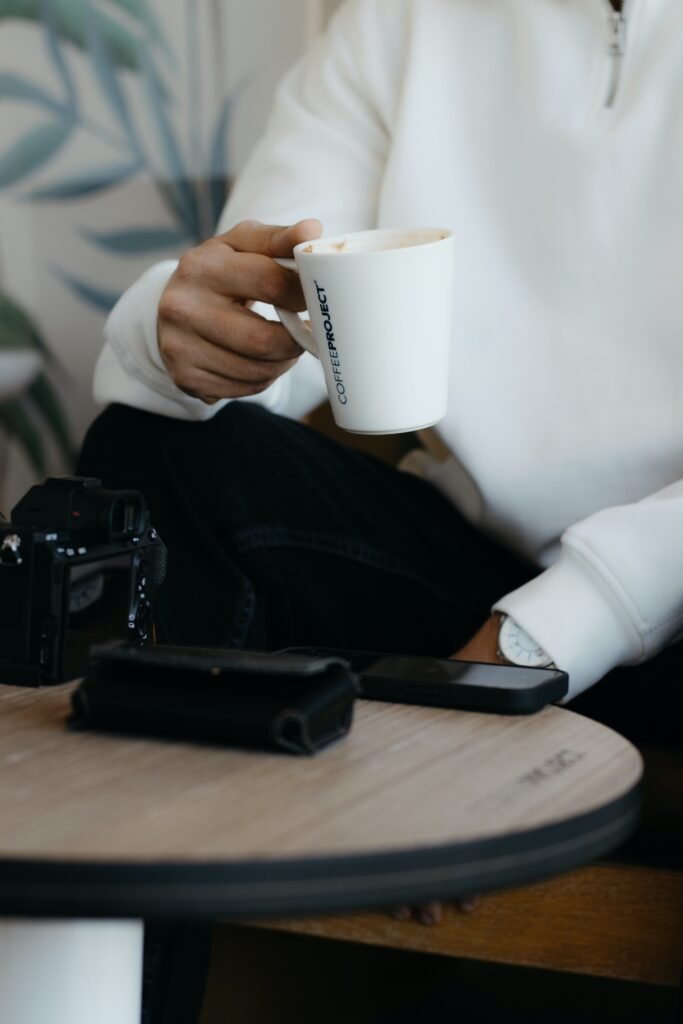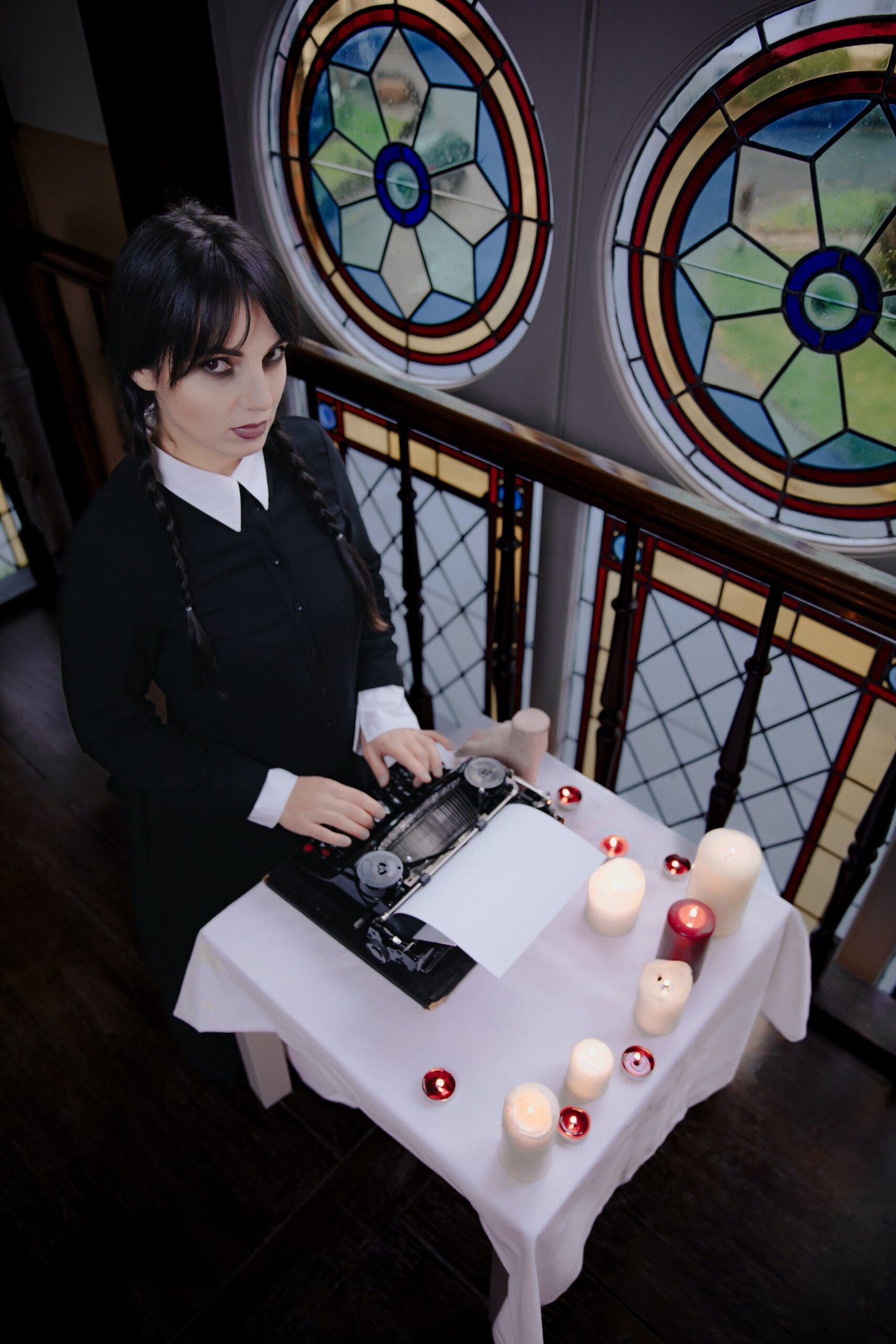Setting a formal dinner table can be a daunting task, especially if you’ve never done it before. But fear not! This article is here to guide you through the process step by step. From the placement of utensils to the proper arrangement of plates and glasses, we’ll cover all the details to ensure that your table looks elegant and refined. So whether you’re hosting a fancy dinner party or simply want to impress your guests, let’s dive in and discover the secrets to setting a formal dinner table correctly.

Tableware
Tableware is an essential component of any dining experience, as it not only serves a functional purpose but also adds to the overall aesthetic appeal of the table setting. When it comes to tableware, there are three main categories that you need to consider: plates, cutlery, and glassware.
Plates
Plates are the foundation of any table setting, and choosing the right ones can elevate your dining experience. Depending on the occasion and formality level of the event, you can opt for various types of plates. For a formal dinner, it is customary to use charger plates as the base layer. These larger plates are usually decorative and serve as a backdrop for the other dinnerware. On top of the charger plates, you can place dinner plates for each course.
Cutlery
Cutlery, including forks, knives, and spoons, is an essential component of a table setting. To properly set a formal dinner table, you should ensure that your cutlery is placed in the correct order. Starting from the outside and moving inward, arrange the cutlery based on the order of the courses to be served. For example, for a three-course meal, you would place the salad fork on the outer left, the dinner fork next to it, and the dinner knife and spoon on the right side. Dessert cutlery, such as a fork and spoon, can be placed horizontally above the dinner plate.
Glassware
Glassware adds an elegant touch to your table setting and is key for serving various beverages throughout the meal. For a formal dinner, you should have at least two types of glasses: a water glass and a wine glass. The water glass is generally placed above the dinner knife, slightly to the right. The wine glass(es) should be placed to the right of the water glass, with red wine glasses being larger and taller than white wine glasses. If you plan to serve additional beverages such as champagne or cocktails, you can include those glasses as well.
Tablecloth and Napkins
A well-chosen tablecloth and napkins can instantly enhance the visual appeal of your table setting while also adding a touch of sophistication and elegance.
Tablecloth
When selecting a tablecloth, consider the formality and theme of your event. For a formal dinner, opt for a crisp white or neutral-colored tablecloth that covers the entire table, including the edges. Ensure that the tablecloth is appropriately sized, reaching down to the floor or just above the seated guests’ laps. Additionally, make sure the tablecloth is properly ironed or steamed to create a smooth and polished look.
Napkin Placement
Napkins can be placed in various ways depending on the formality of the event. For a formal dinner, consider folding the napkins into intricate designs or using napkin rings to add an elegant touch. Place the napkin on top of the charger plate or to the left of the dinner plate. Alternatively, you can fold the napkin and position it diagonally across the dinner plate for a classic and sophisticated look. No matter how you choose to present the napkins, make sure they are neatly folded and easily accessible for your guests.
Place Settings
Setting the proper place settings is essential for a formal dinner, as it ensures that each guest has everything they need throughout the meal.
Basic Place Setting
A basic place setting for a formal dinner should include a charger plate, dinner plate, napkin, forks, knives, spoons, and glasses. To arrange the place setting correctly, position the charger plate at the center of the table, followed by the dinner plate on top. Place the napkin either on top of the charger plate or to the left of the dinner plate. Arrange the cutlery around the dinner plate, following the correct order of courses. Finally, place the glasses to the right of the dinner plate, slightly above and to the right of the cutlery.
Formal Place Setting
For a more formal occasion, you can add additional items to the place setting, such as bread and butter plates, salt and pepper shakers, and a dessert spoon and fork. The bread and butter plate should be placed above the forks, slightly to the left. The dessert spoon and fork can be positioned horizontally above the dinner plate, with the spoon pointing towards the right and the fork towards the left. It is important to remember that the overall goal of a formal place setting is to provide convenience and comfort to your guests.
Centerpieces and Decorations
Centerpieces and decorations play a crucial role in creating a visually stunning table setting. They serve as focal points, adding a touch of beauty and charm to the dining experience.
Centerpiece Options
When selecting a centerpiece for a formal dinner, opt for a design that complements the overall theme and ambiance. Common options include floral arrangements, candles, or a combination of both. For a classic and timeless look, consider a floral centerpiece composed of fresh flowers arranged in an elegant vase. If you prefer a more modern aesthetic, you can opt for a minimalist centerpiece using a single statement flower or a collection of sleek candles. Just ensure that the centerpiece does not obstruct the view and allows for easy conversation across the table.
Additional Decorations
In addition to the centerpiece, consider adding other decorative elements to enhance the table setting. These can include place cards, which not only add a personal touch but also help guests find their seats. You can also incorporate small decorative accents such as decorative napkin rings, table runners, or unique table numbers. However, it is important to strike a balance and avoid overwhelming the table with too many decorations, as it can distract from the overall elegance and sophistication.

Table Etiquette
In addition to a well-arranged table setting, proper etiquette is crucial to ensure a smooth and enjoyable dining experience.
Seating Arrangement
When hosting a formal dinner, it is crucial to plan and assign seating arrangements strategically. Consider the dynamics and personalities of your guests, and aim to create a harmonious atmosphere by placing compatible individuals together. Additionally, ensure that the host or hostess is seated in a prominent position, such as the head of the table. When guiding your guests to their seats, be attentive and assist them with pulling out their chairs, if desired, and distributing napkins.
Napkin Etiquette
Napkin etiquette is an important aspect of table etiquette that should be observed during a formal dinner. Start by unfolding your napkin and placing it on your lap, with the fold facing toward your body. Throughout the meal, use the napkin to gently blot your mouth or hands, but avoid using it to wipe your face vigorously. When temporarily leaving the table, loosely fold your napkin and place it to the left of your dinner plate. Finally, at the end of the meal, fold the napkin neatly and place it on the left side of your dinner plate.
Bread and Butter Etiquette
Serving bread and butter is customary at formal dinners, and there are specific etiquette guidelines to follow. When bread is passed around the table, tear a small piece from the roll and butter it individually. Avoid biting directly into the roll or buttering the entire piece at once. Additionally, refrain from buttering the entire roll in one go, as this can be perceived as impolite. Instead, butter each individual piece as you consume them. Remember to use your bread and butter plate to avoid leaving any crumbs on the tablecloth.
Utensil Etiquette
Knowing the proper use of utensils is essential for formal dining. Start from the outermost cutlery and work your way toward the plate as each course is served. As a general rule, use the outside fork for the first course and progress inward with each subsequent course. The same goes for the knives and spoons. When using cutlery, hold them with a relaxed grip and avoid resting them on the tablecloth, opting instead to rest them on the plate or the knife rest, if available. Finally, after finishing a course, place your cutlery diagonally across your plate, with the handles resting at 4 o’clock and the fork tines pointing upward.
Serving Etiquette
Proper serving etiquette is crucial for ensuring a seamless and enjoyable dining experience for your guests.
Serving Dishes and Platters
When serving dishes and platters, it is important to practice grace and precision. Serve from the left side of the guest, moving clockwise around the table. Use a serving utensil appropriate for each dish, ensuring that you do not touch the food with your bare hands. When placing the dish or platter on the table, do so gently and avoid overcrowding the table. Depending on the formality of the dinner, you may choose to serve each guest individually or allow them to help themselves from the shared platters.
Serving Courses
In a formal dinner, multiple courses are typically served, and it is important to adhere to the proper order and pacing. Start with the appetizer or soup course, followed by the salad course, main course, and finally, dessert. Allow a sufficient amount of time between courses for guests to savor and enjoy each dish. Be attentive to your guests’ needs, ensuring that their plates are cleared before the next course is served. Remember to maintain a peaceful and relaxed atmosphere, engaging in pleasant conversations to enhance the overall dining experience.
Serving Wine
Serving wine is an integral part of a formal dining experience. It is important to properly decant, pour, and serve wine to ensure that your guests can fully appreciate its flavor and bouquet. Start by decanting the wine if necessary, allowing it to breathe and release its aromas. When pouring, stand to the right of the guest and hold the bottle by the base or the lower part of the neck to avoid warming the wine. Fill the glasses up to two-thirds full to allow room for swirling and releasing the wine’s aromas. Be mindful of refilling glasses, discreetly ensuring that your guests’ glasses are never empty.

Examples and Inspiration
Creating a stunning formal dinner table is an art form, and there are countless examples and sources of inspiration to help guide you in your endeavor.
Formal Dinner Tablescape Ideas
Looking for ideas to create an unforgettable formal dinner tablescape? Consider incorporating luxurious table linens in rich colors like deep burgundy or elegant navy. Add gold or silver accents through charger plates, napkin rings, or even candlestick holders to create a sophisticated and opulent ambiance. Experiment with different floral arrangements using roses, orchids, or hydrangeas to create stunning centerpieces that exude both elegance and romance. Customized place cards and beautifully crafted menu cards can also add a personal touch to your table setting, leaving a lasting impression on your guests.
Table Setting Examples
Sometimes, visual references can be a great source of inspiration when setting a formal dinner table. Browse through magazines, online platforms, or even social media to find beautiful table setting examples that match your desired aesthetic. You can find inspiration in traditional, classic table settings with fine china, crystal stemware, and intricate silverware. Alternatively, you can explore more contemporary and minimalist styles that utilize sleek and understated designs. Remember, each table setting is a unique expression of your personal style and creativity, so don’t be afraid to experiment and make it your own.
In conclusion, setting a formal dinner table requires attention to detail, creativity, and a knowledge of proper etiquette. By carefully selecting tableware, arranging place settings, incorporating elegant centerpieces and decorations, and adhering to table and serving etiquette, you can create a memorable and sophisticated dining experience for yourself and your guests. So unleash your inner host or hostess and have fun creating an enchanting and visually stunning formal dinner table. Cheers to an unforgettable dining experience!

